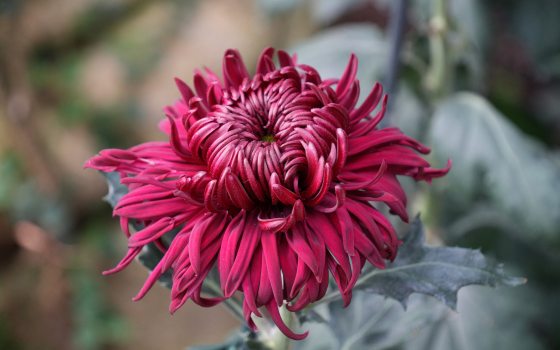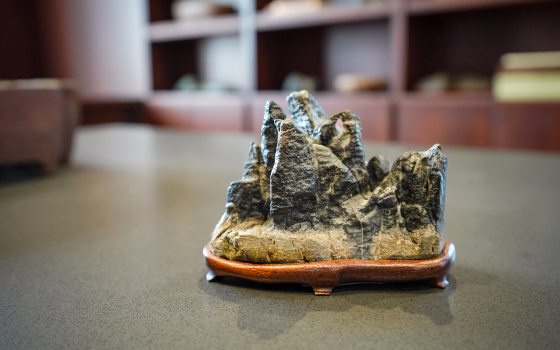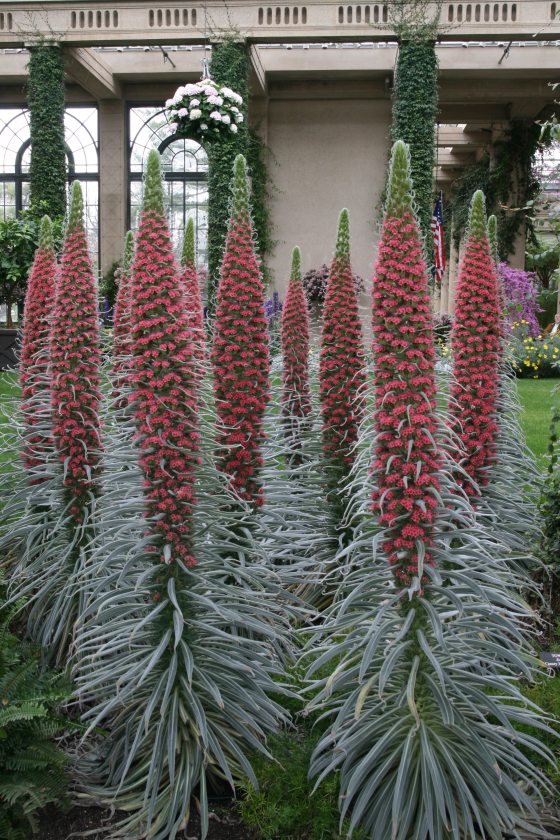
Tower-of-jewels, Echium wildpretii, in the Conservatory at Longwood Gardens. Photo by Yoko Arakawa.
The beauty of our spring display would not be complete without the towering, striking, and unusual plant, Echium wildpretii, ‘tower-of-jewels’. While this plant stands at nearly seven feet tall, its tiny, salmon-colored flowers are what make it truly magnificent. As each tassel of flowers blooms into graceful curves along the plant, the stamens stick out as if dancing from the tiny flowers, transforming this tower-of-jewels into a whimsical display of beauty.

Inflorescence of Echium wildpretii. Photo by Yoko Arakawa.
The tower-of-jewels is native to the Canary Islands, specifically the island of Tenerife. Located just off the coast of Morocco, this tiny island is only 20 miles north to south, and 30 miles east to west. Amazingly, the plant’s native land has many significantly different climates. Echium wildpretii thrive at elevations of 4,200-6,500 feet above sea level, in the sub-alpine zone.
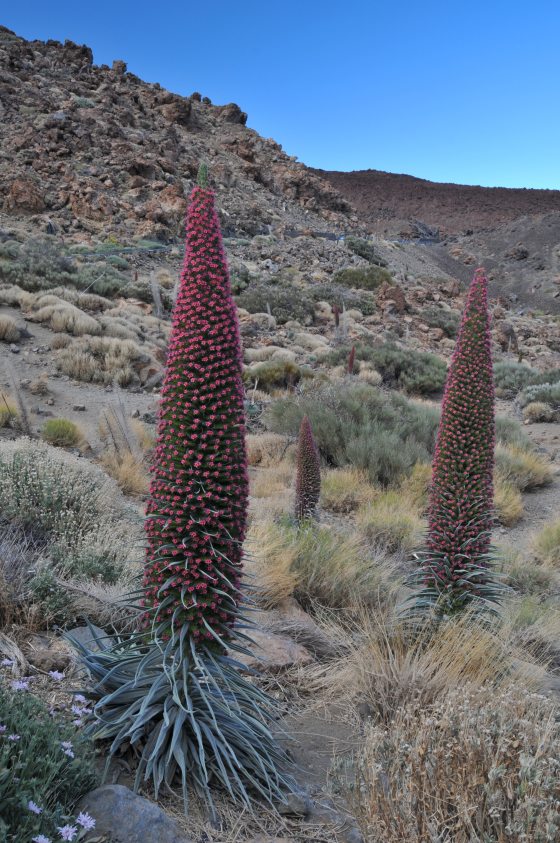
E. wildpretii growing in its natural habitat in the Canary Islands. Photo by Yoko Arakawa.
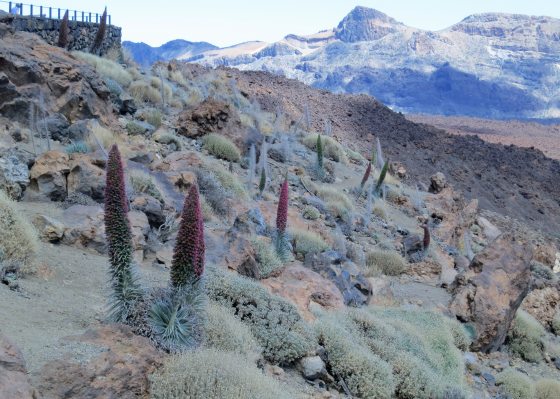
E. wildpretii, Canary Islands. Photo by Yoko Arakawa.
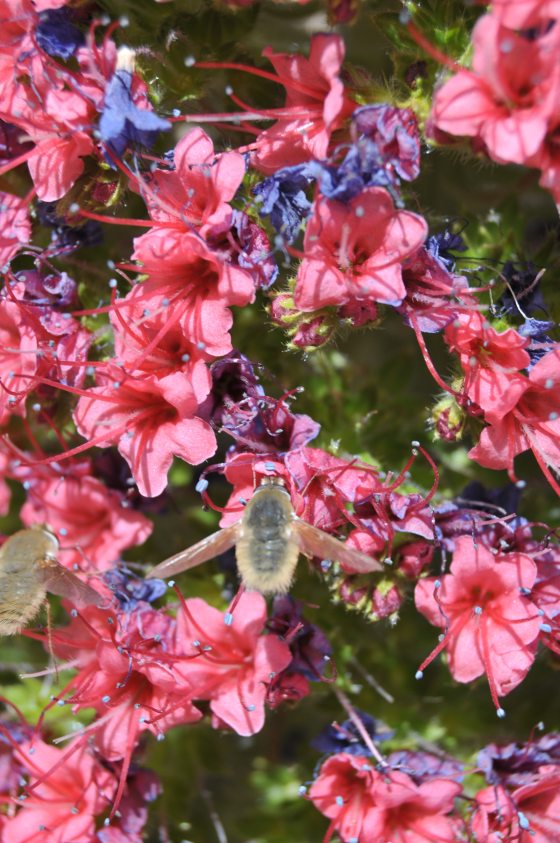
In its natural landscape, Echium flowers from late May to June and is pollinated by bee-like insects. Photo by Yoko Arakawa.
Echium wildpretii is classified as a monocarpic plant, meaning that once it has flowered, it dies. More commonly, however, the plant is viewed as a biennial since it typically flowers in its second year, depending on the length of cold treatment. In the wild, Echium wildpretii will bloom in late May or June. Then after flowering and setting seed, the island’s dry climate transforms the plants into skeleton-like spikes.
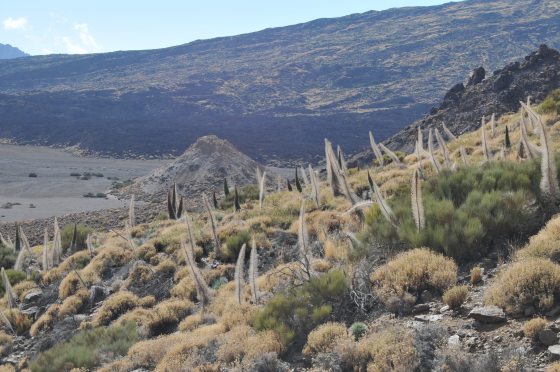
Skeletonized plants jut upward in the native landscape, Canary Islands. Even when dead, Echium wildpretii can be described as having a graceful beauty. Photo by Yoko Arakawa.
According to our records, the first seeds of Echium came to Longwood in 1983, and it took years of extensive research on how to best grow this remarkable plant until it was first displayed in Longwood’s Conservatory in 1991. Now, more than two decades later, the tall tower-of-jewels has become essential to our spring display. When compared to the plant’s native habitat—with rocky and volcanically soiled slopes, dry, cool summers and wet, cold winters—our hot, humid summers and cold, dark winters pose quite a challenge when growing Echium at Longwood. Since it takes about 15-16 months to flower, we begin growing the plant from seeds more than a year ahead of time. Our gardeners then carefully monitor the plants’ growth to ensure we have a beautiful display for the spring.
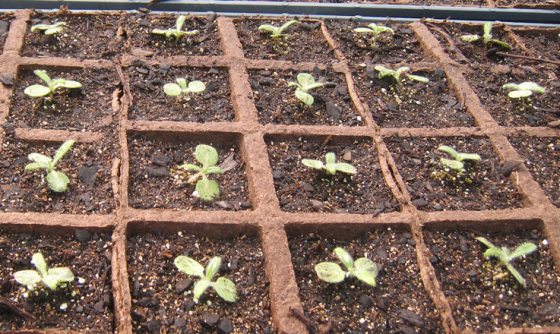
We continue to grow the Echium through summer and into fall in our greenhouses where we plant them into larger sized pots as they grow. At its largest, an Echium wildpretii plant will fill a 7-gallon pot.
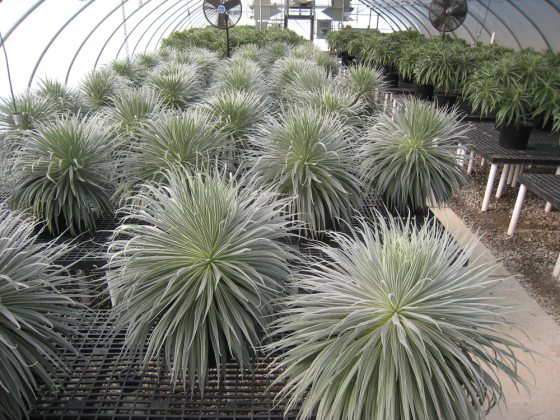
While exquisite at all stages in the growing process, when the plant produces flowers it becomes exceptionally magnificent and is a highly-anticipated event. Right before blooming, the plants resemble a silver fountain, with thin whorled leaves extending outward. In the first week of November, when the plants are nearly a year old, we give them a cold period (about 45 to 55 degrees Fahrenheit) for four to six weeks minimum. This is meant to simulate the winter climate so the plants will set flower buds. By February, the plants start spiking in preparation for flowering.
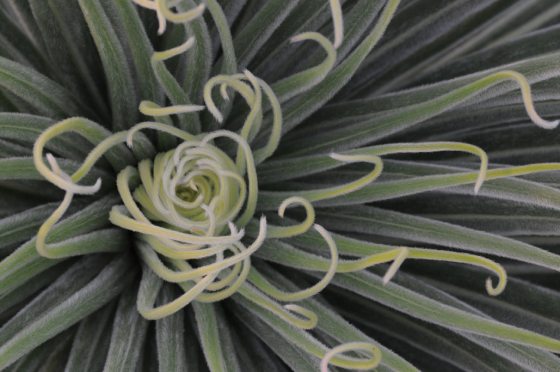
The center of the plant begins to twist beautifully like a little whirlpool signaling the coming bloom. Not long after, Echium wildpretii flowers into a true tower-of-jewels and are planted into the beds of our Conservatory.

As you walk through the Conservatory in the coming days and weeks, take notice of this exceptional plant from the Canary Islands only on view during Spring Blooms.

